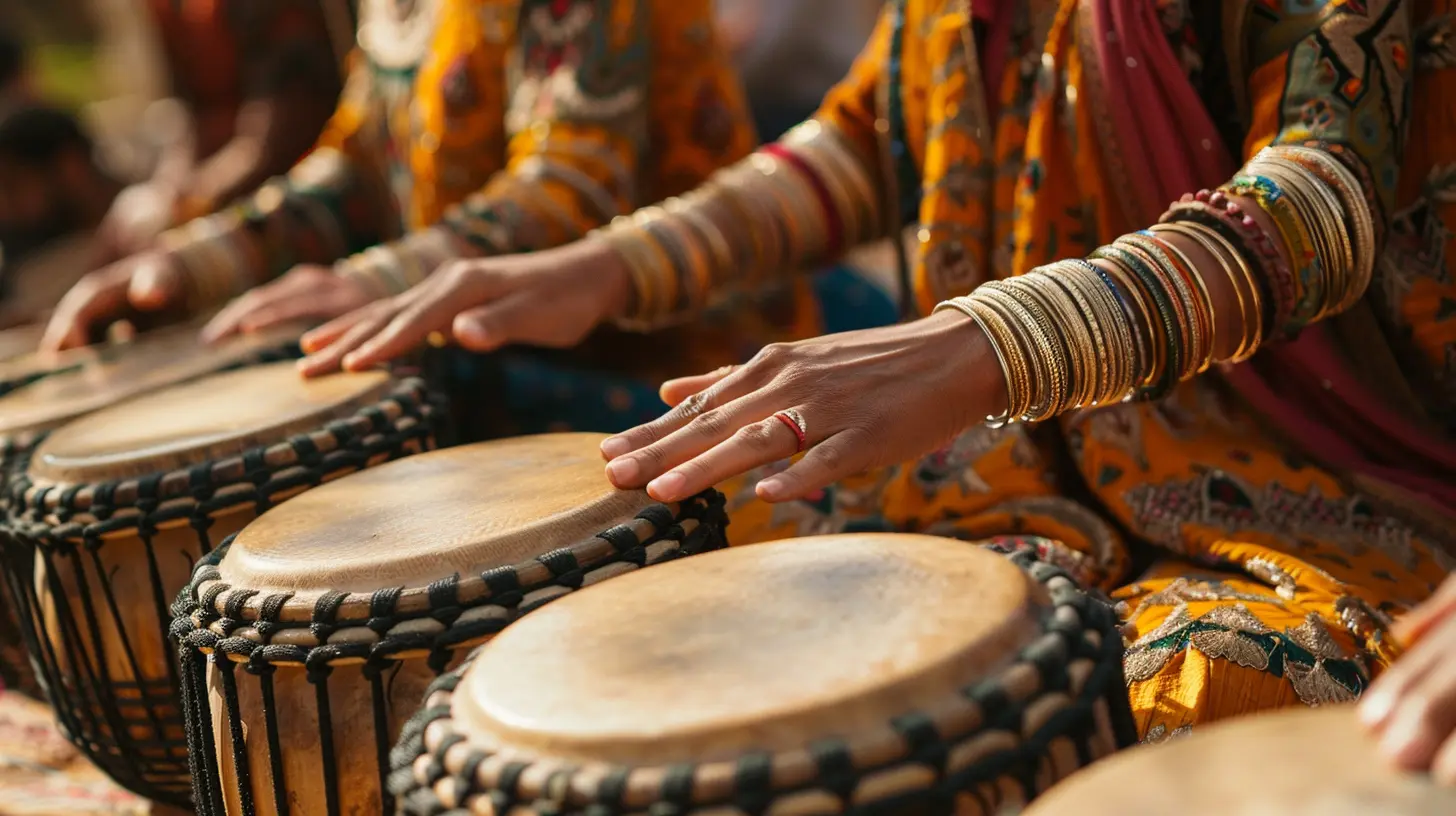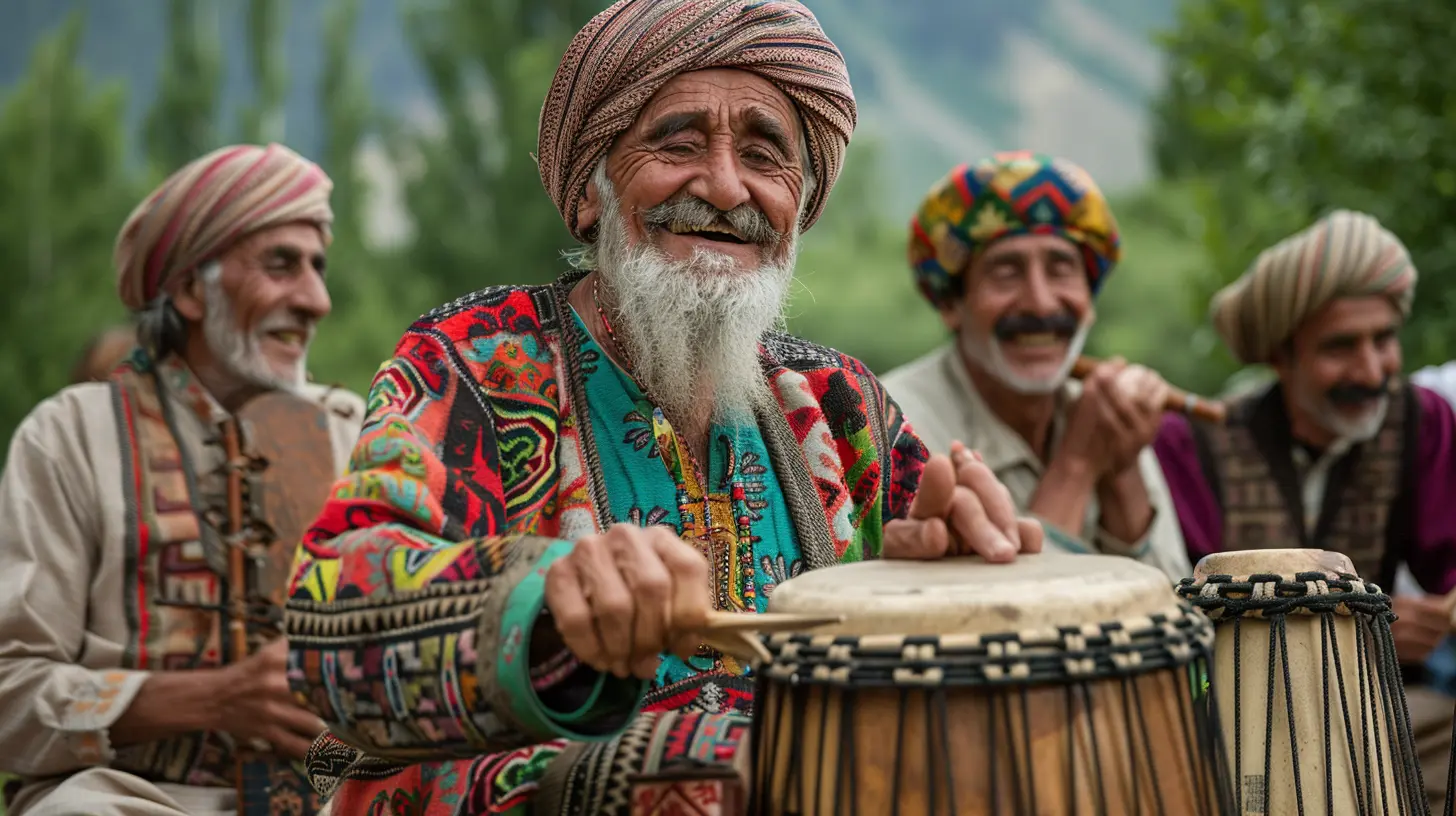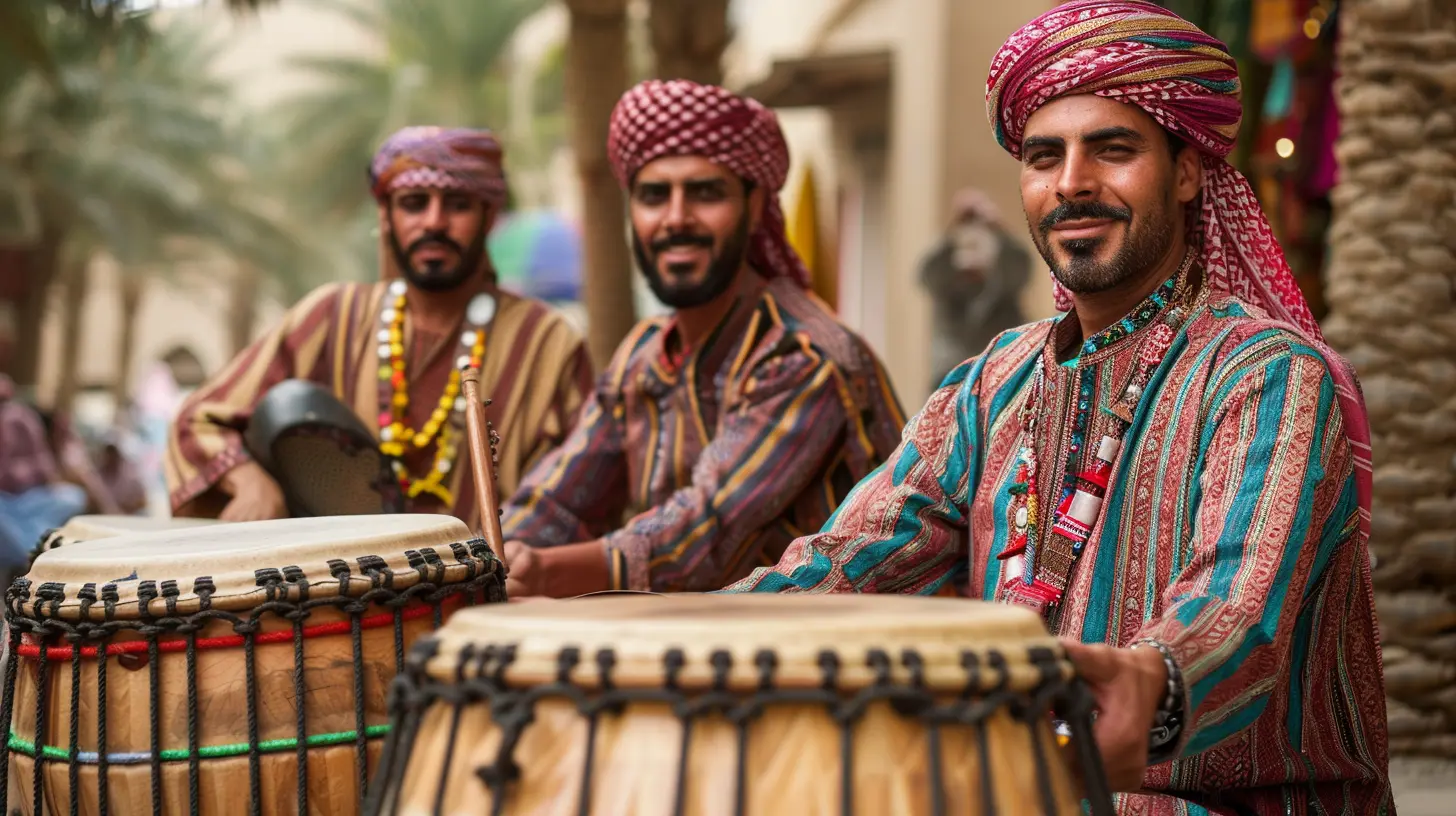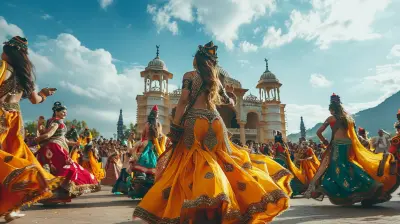The Power of Traditional Music in Festival Celebrations
24 July 2025
Festivals—those vibrant, joyous moments that bring communities together—are nothing without music. Picture this: a lively street parade, people decked in colorful outfits, dancing to the upbeat rhythm of drums and flutes. Traditional music isn't just background noise during festivals; it's the heart and soul of the celebration.
But why does traditional music play such a significant role in festivals? What is it about those ancient melodies and rhythmic beats that make every festival feel complete?
Let’s dive deep into the power of traditional music in festival celebrations and how it continues to shape cultures, emotions, and connections.

The Soul of Cultural Heritage
Traditional music is like a time machine—it carries the essence of history, transporting us back to our ancestors' way of life. Each note and rhythm tells a story, passing down legends, traditions, and emotions from generation to generation.When a festival begins, the sound of familiar traditional music instantly connects people to their roots. It’s more than just entertainment; it’s a bridge between the past and the present. Imagine a festival without its signature music—it would feel incomplete, detached, and lacking the depth of cultural identity.
Preserving History Through Music
One of the most powerful aspects of traditional music is its role in preserving history. Without written records, many cultures have passed down stories and lessons through songs. These melodies contain codes of the past—tales of triumph, sorrow, and celebration.For instance, African drumbeats tell the stories of ancient tribes, while Celtic folk tunes carry whispers of age-old myths. Every instrument, every beat, and every lyric in traditional festival music is a link to an ancestral story that would otherwise be forgotten.

Creating a Sense of Unity
Music has this magical ability to unite people, and during festivals, it becomes a language everyone understands. Regardless of differences in age, gender, or background, once the traditional music starts playing, people synchronize their movements, sing in harmony, and find common ground.Think about it—how often have you felt an unspoken connection with strangers on a dance floor or while clapping along to a song? That’s the power of traditional music in festivals. It dissolves barriers and replaces them with shared joy.
Music and Dance: A Perfect Pair
In most festivals, traditional music and dance go hand in hand. They are inseparable, like the sun and the sky, constantly feeding off each other’s energy.Take the Flamenco festivals in Spain, for instance. The passionate strums of the guitar and soulful melodies bring out the fiery, expressive dance moves. Similarly, in Indian Navratri celebrations, the rhythmic beats of Garba music fuel the circular dance patterns, creating a mesmerizing spectacle.
This fusion of music and movement brings people together in a way that words never could. The energy spreads like wildfire, and suddenly, everyone—young and old—is caught up in the rhythm of the festival.

Evoking Deep Emotions
Ever heard a song that instantly gave you goosebumps? That’s the emotional power of music. Traditional festival music carries emotions that resonate deeply with people. Whether it’s the melancholic notes of a flute during a remembrance ceremony or the upbeat drumming of a New Year’s festival, music shapes our feelings and experiences.The Connection Between Music and Memory
Music has a way of embedding itself in our minds. Years after attending a festival, hearing a familiar traditional song can transport you back in time, reviving the emotions, scents, and sights of that celebration.That’s why traditional festival music is more than just sound—it’s a vessel for memories. It links generations, helping grandparents pass down their experiences to grandchildren through melodies that never fade away.

The Role of Instruments in Traditional Festival Music
Every culture has its own distinct sounds, brought to life by traditional musical instruments. Whether it's the bagpipes of Scotland, the sitar of India, or the taiko drums of Japan, these instruments define the atmosphere of a festival.Symbolism Behind Traditional Instruments
Many traditional instruments hold deep symbolic meaning. For example:- Drums – Represent heartbeat, unity, and communication among tribes.
- Flutes – Often linked to spirituality and connection with nature.
- Strings (like the lute or sitar) – Evoke emotions, telling stories of love, loss, and joy.
Festivals would lose their essence without these iconic instruments. They are the backbone of cultural celebrations, ensuring that tradition continues to thrive.
Traditional Music in Modern Festivals
Even in today’s tech-driven world, traditional music hasn’t faded away. Instead, it has evolved, blending with modern beats while still holding onto its original charm.Fusion of Old and New
Many contemporary festivals now incorporate traditional music in modern ways. DJs mix tribal drumbeats into electronic dance music, folk instruments are sampled in pop songs, and traditional chants find their way into film scores.Take, for example, the Coachella Festival, where world musicians bring their heritage sounds to a global audience. These fusions ensure that traditional music remains relevant, reaching younger generations while keeping its cultural significance intact.
Why Traditional Music Will Never Die
Despite globalization and changing musical trends, traditional music has withstood the test of time. But why?1. Cultural Pride – People cherish their roots and pass traditions down to future generations.
2. Festivals Keep It Alive – As long as festivals exist, traditional music will always have a stage.
3. Human Connection – It continues to evoke emotions, create memories, and unite people.
4. Adaptability – Traditional music seamlessly blends with new styles, making it timeless and relevant.
At its core, traditional festival music isn’t just about entertainment—it’s about identity, storytelling, and human connection.
Final Thoughts
Next time you find yourself immersed in a festival, take a moment to truly listen to the music. Feel the stories woven into the rhythms, embrace the unity it creates, and appreciate the way it brings people together.Traditional music is the heartbeat of festivals, and without it, celebrations would be lifeless. It’s a powerful force that transcends time, keeping cultures alive and emotions flowing.
So, the next time a festival song plays, let yourself be carried away—dance, sing, and remember that you’re part of something much bigger than just a celebration.
all images in this post were generated using AI tools
Category:
Cultural FestivalsAuthor:

Tracie McAdams
Discussion
rate this article
2 comments
Winona Johnson
Traditional music brings festivals to life—pure joy and unforgettable memories await!
October 28, 2025 at 4:17 PM

Tracie McAdams
Absolutely! Traditional music truly enhances the spirit of festivals, creating lasting joy and memories. Thank you for your thoughtful comment!
Elizabeth Anderson
Traditional music enriches festivals, creating unforgettable cultural experiences.
July 30, 2025 at 3:31 AM

Tracie McAdams
I completely agree! Traditional music truly enhances the vibrancy and depth of festivals, making them memorable and culturally immersive experiences.


